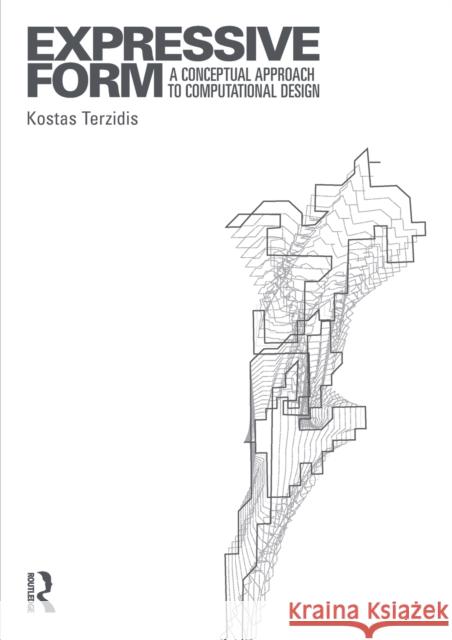Expressive Form: A Conceptual Approach to Computational Design » książka
Expressive Form: A Conceptual Approach to Computational Design
ISBN-13: 9780415317443 / Angielski / Miękka / 2003 / 104 str.
Expressive Form: A Conceptual Approach to Computational Design
ISBN-13: 9780415317443 / Angielski / Miękka / 2003 / 104 str.
(netto: 232,23 VAT: 5%)
Najniższa cena z 30 dni: 236,70 zł
ok. 22 dni roboczych
Bez gwarancji dostawy przed świętami
Darmowa dostawa!
The mode of utilizing computers in architecture today is vague, inexplicit, and, often, arbitrary. Designers tend to conceptualize entities or processes and then enter, manipulate and print using computer systems. Often, theories of design and form are translated into computational ones, merely to participate in the digital fashion. This situation creates confusion, misunderstanding, and inconsistency to both students and practitioners over the appropriate use of computers in architecture and design. Challenging these assumptions, this book offers an appropriate theoretical context for computer-based experimentations, explorations, and form-making. By employing computational and formal theories, the author offers a theoretical bridge between the establishment of the past and the potential of the future. With the increased use of computers, architecture has found itself in the midst of a plethora of possible uses. The book offers some alternative directions, which combine theoretical inquiry with practical implementation. Notions of exaggeration, hybrid, kinetic, algorithmic, fold and warp are examined from different points of view: historical, mathematical, philosophi or critical











